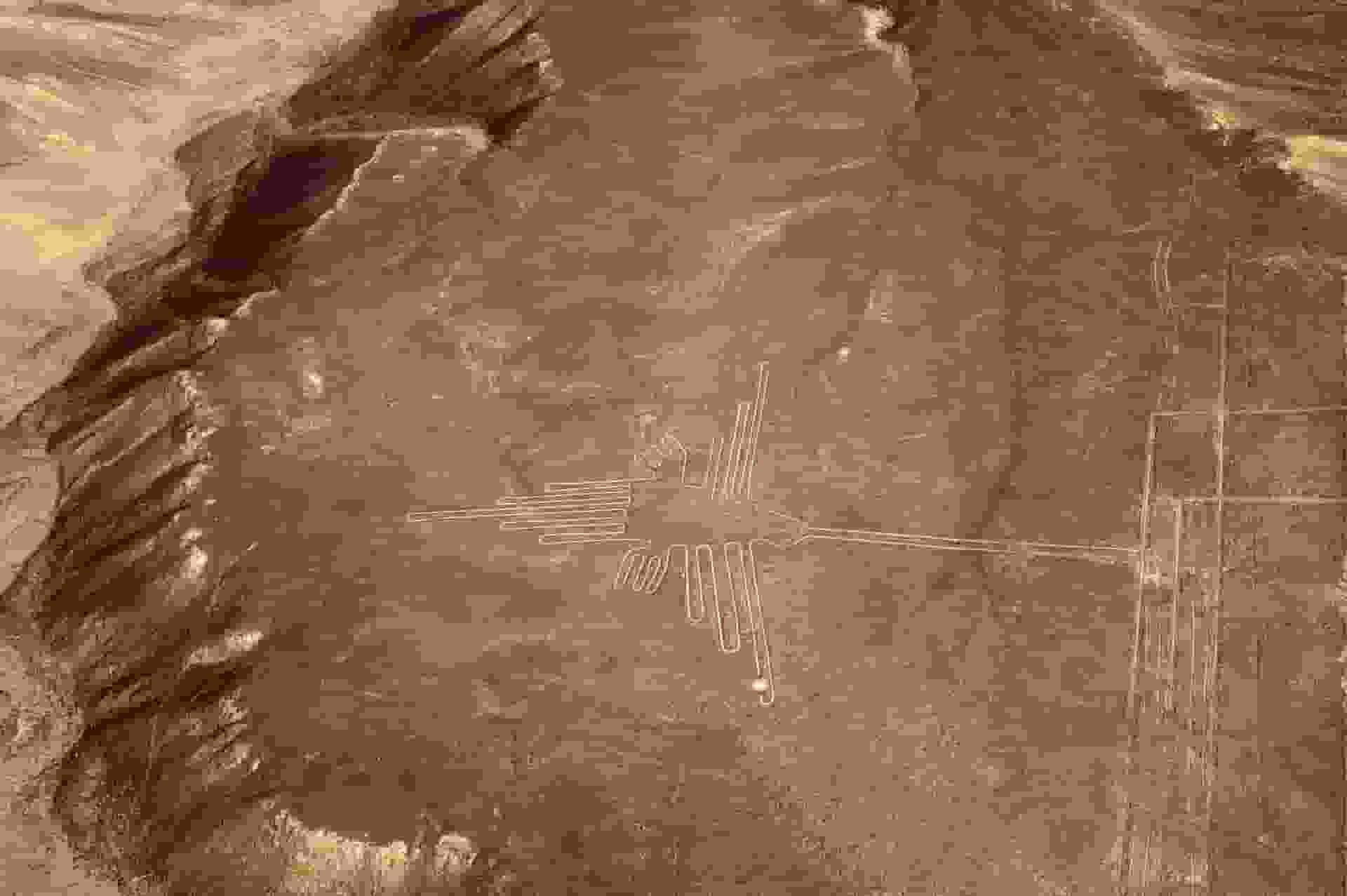
Geoglyphs, which are enigmatic pre-Columbian artworks, have gained attention due to the discovery of new patterns in and around Peru’s ancient Nazca plain and its surroundings.
Following two years of fieldwork at the UNESCO World Heritage site on Peru’s southern Pacific coast using aerial photographs and drones, Peruvian and Japanese researchers from Yamagata University discovered 168 new designs.
2,000 -Year-Old Geoglyphs Discovered
Almost 2,000 years old images include depictions of people, cats, snakes, killer whales, birds, and native camalids (Llamas, alpacas, and guanacos).
The significance of the designs is yet unknown, though. The study’s principal investigator, Yamagata University professor Masato Sakai, claimed that the results are more minute and visible from the ground.
Since 2004, 190 figurines have been found in the area, but efforts to study and preserve the heritage site have needed to be improved by the territory’s size and the figure’s span.
According to a team at Yamagata University in Japan, the newly found drawings feature people, camelids, birds, killer whales, felines, and snakes.
Some new finds are shown in photos published by Yamagata University, with lines manually applied to them to highlight the original lines that have faded due to erosion. Yamagata University is collaborating with the IBM Thomas J Watson Research Center in New York to use artificial intelligence to scan aerial photographs of the Peruvian site (AI).
Read more: Suspicious sighting in Jupiter revealed by spacecraft, ground-based telescopes
Peru’s Nazca Lines

It is believed that AI can spot landscape markings that a human eye would otherwise miss. Yamagata University stated in a statement that its goal is to clarify the distribution patterns of the geoglyphs by employing the newly discovered geoglyphs for AI analysis.
The findings of this study will also be applied to geoglyph conservation efforts. Archaeologists have been captivated by Peru’s Nazca lines for generations. They are a collection of geoglyphs, or enormous designs carved into the earth, that may be found in southern Peru’s Nazca Desert.
Around 249 miles (400 kilometers) south of Lima, between Nazca and Palpa, is where the UNESCO World Heritage Site may be found.
A theory that claims that ancient humans built the lines using essential tools and surveying equipment is supported by the discovery of wooden stakes in the earth at the ends of several lines during earlier archaeological examinations.
Geoglyphs might be simple geometric lines or more complex images of animals, objects, or compact shapes. An animal sticking out its tongue, a dog, a hummingbird, a condor, a monkey, a spider, and other symbols have -also been found at the site.
Read more: COVID-19 vaccine: Expert struggles to determine who should receive a booster

